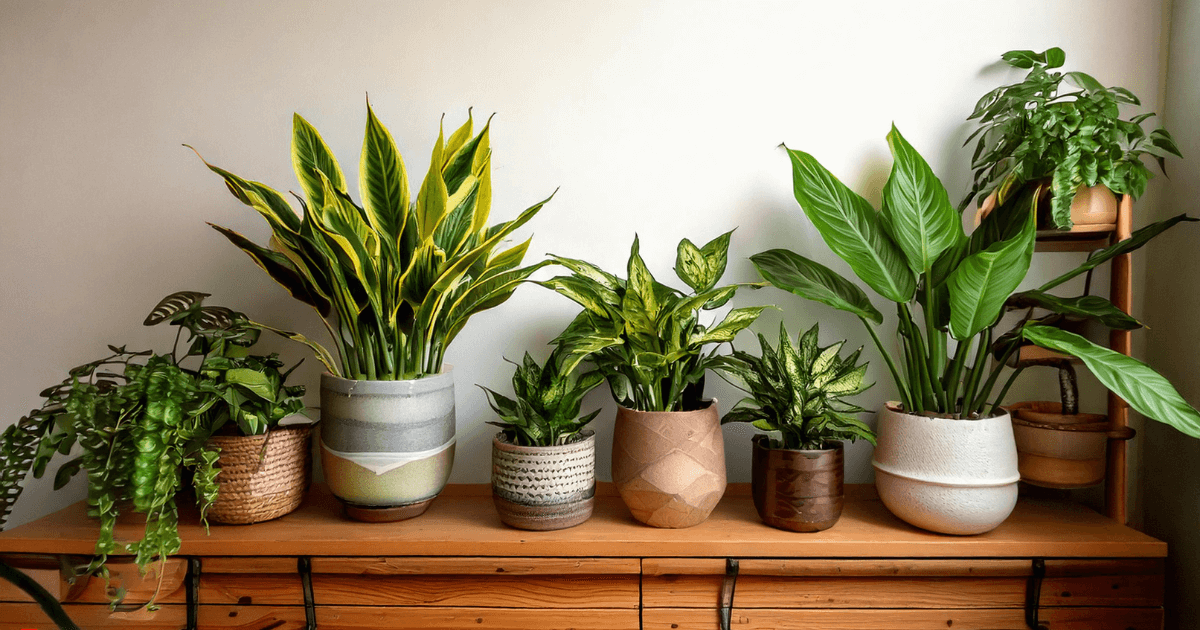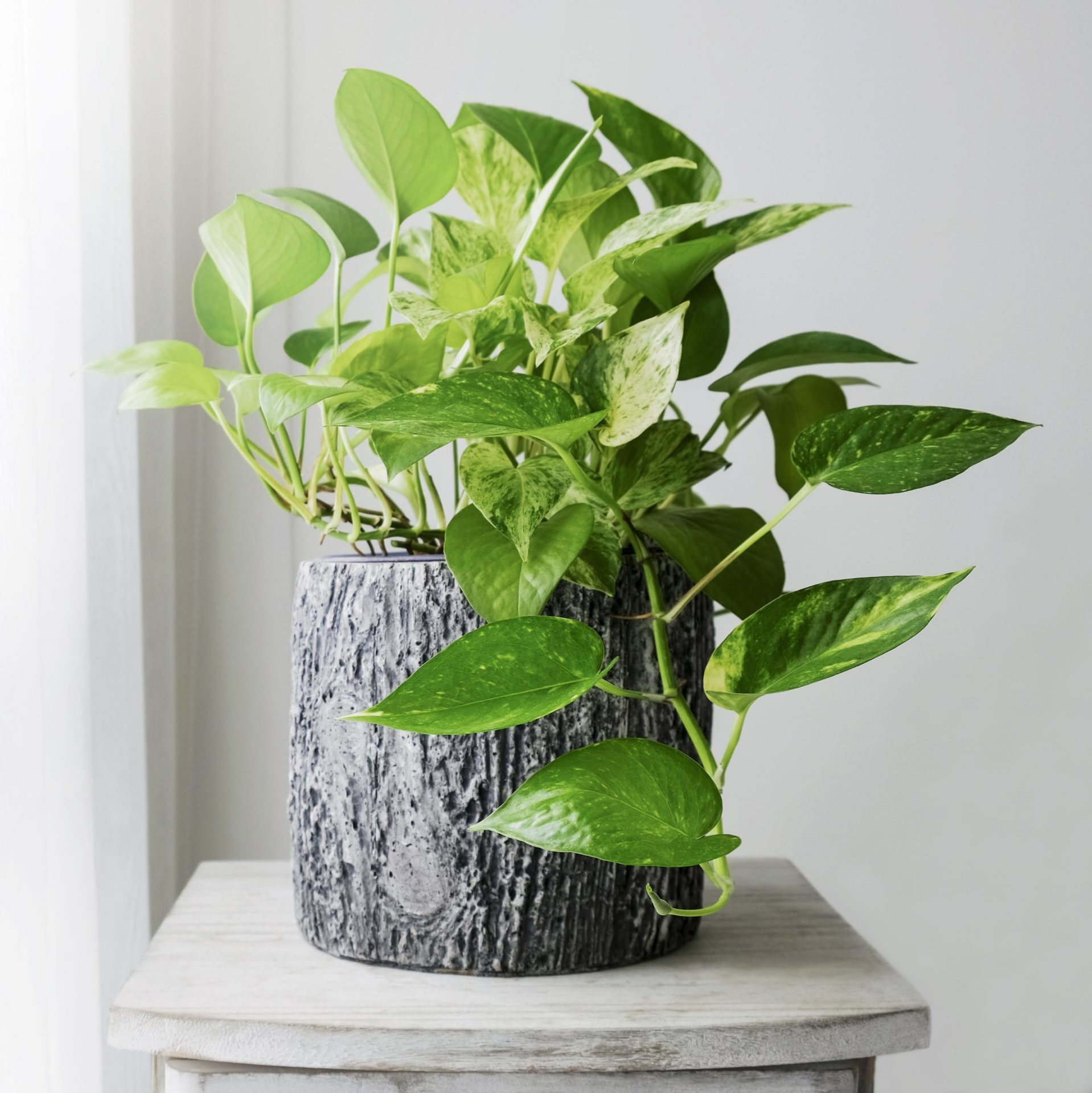Low Maintenance and Beautiful: Best Low-Light Indoor Plants for Your Home
Low Maintenance and Beautiful: Best Low-Light Indoor Plants for Your Home
Blog Article
Transform Your Home With Beautiful Low-Light Indoor Plants and Their Benefits
Including low-light interior plants right into your home can considerably boost both the aesthetic and ecological quality of your space. These plants, which thrive in dim problems, serve not only as ornamental aspects however additionally as natural air cleansers, making them excellent for metropolitan residents or those with restricted sunshine direct exposure. As we check out the numerous types of low-light plants and their benefits, you might find surprising ways to incorporate them right into your home that can change your surroundings in means you may not have anticipated.
Benefits of Low-Light Plants
Low-light plants use numerous advantages for indoor atmospheres, making them an outstanding choice for both amateur and seasoned garden enthusiasts. One of the key benefits is their flexibility to low-light problems, allowing people to boost their space without the requirement for substantial sunlight exposure. This characteristic makes them suitable for houses, offices, and other areas with limited natural light.
:max_bytes(150000):strip_icc()/low-light-plants-GettyImages-1360510675-50ad3d1ad95942ecaed5e4cee84f7572.jpg)
In addition, including low-light plants right into home décor can raise the visual appeal of a space. Their lavish foliage and varied structures produce a soothing atmosphere, adding to general well-being. Finally, the visibility of greenery has been linked to minimized anxiety degrees and improved performance, making low-light plants a practical selection for enhancing both physical and psychological wellness in indoor setups.
Leading Low-Light Indoor Plants
While numerous interior plants thrive in brilliant light, several types are particularly fit for low-light conditions, making them suitable for different indoor areas. One preferred selection is the Serpent Plant (Sansevieria), understood for its striking upright fallen leaves and durability, needing very little care. An additional exceptional option is the Pothos (Epipremnum aureum), which features heart-shaped leaves and can trail wonderfully from racks or hangers, flourishing in reduced light and including a rich touch.
The ZZ Plant (Zamioculcas zamiifolia) is commemorated for its shiny leaves and capability to withstand overlook, making it perfect for active way of lives. The Peace Lily (Spathiphyllum) not just tolerates low light but additionally generates magnificent white blooms, enhancing any kind of space's aesthetic.
For a distinct touch, consider the Cast Iron Plant (Aspidistra elatior), which certainly lives up to its name, prospering in the darkest corners of your home. Last but not least, the Chinese Evergreen (Aglaonema) uses a range of fallen leave patterns and shades while being remarkably flexible in low-light problems. These plants not just improve indoor settings yet also add to air filtration, enhancing your home.
Treatment Tips for Low-Light Plants

Watering methods are critical; these plants commonly like a little completely dry conditions. Overwatering can lead to root rot, so make certain that the leading inch of soil is completely dry before sprinkling again. Usage pots with drain openings to here permit excess moisture to get away.
Moisture is another important aspect. Lots of low-light plants, such as ferns and tranquility lilies, take advantage of higher moisture degrees. To boost humidity, think about misting the fallen leaves or placing a tray of water near the plants.
Fertilizing needs to be come close to with caution. During the expanding season, utilize a weakened, balanced fluid fertilizer on a monthly basis to support growth, but stay clear of feeding during the dormant wintertime months.

Innovative Ways to Present Plants
Interior plants can act as captivating centerpieces in any room, boosting both aesthetic charm and atmosphere. Imaginative screens can boost the aesthetic impact of low-light plants, making them an integral part of your home decor. One effective approach is to use tiered plant stands, which enable you to showcase multiple plants at varying elevations while making the most of floor room.
Hanging planters are another innovative alternative, developing a sense of depth and drawing the eye up. Think about macramé wall mounts or wall-mounted shelves to introduce a distinct structure and design.
For a more organized approach, use geometric terrariums or glass containers to house your plants, including a contemporary touch to your interior garden. You can also repurpose classic items, such as teacups or wood cages, for a diverse screen that shows your character.
Enhancing Home Ambiance With Plants
Incorporating low-light plants right into your home not just improves visual charm but likewise adds significantly to the total ambiance. These plants act as all-natural design aspects, presenting a sense of peace that can transform any type of space. The existence of plant promotes a relaxing ambience, which is particularly beneficial in high-stress atmospheres such as office or living rooms.
Low-light plants, such as snake plants, pothos, and ZZ plants, are not just aesthetically pleasing but likewise enhance indoor air quality by filtering system pollutants. This twin function enhances the setting further, producing a much healthier living area (Best low-light indoor plants). The tactical positioning of these plants can also find here influence the understanding of area; for instance, tall plants can attract the eye up, making ceilings appear higher and areas more sizable
Moreover, differing textures and colors of foliage add deepness to interior style, allowing for creative expression in home designing. Whether put on racks, in edges, or as focal points, low-light plants can raise the mood of any type of space. In summary, integrating these plants right into your home is an efficient method to promote a cozy, inviting environment while reaping the advantages of improved air top quality and visual adaptability.
Conclusion
Incorporating low-light interior plants right into home settings uses numerous benefits, including enhanced aesthetic charm and enhanced air high quality. These resistant plants, such as the Serpent Plant and Tranquility Lily, call for very little light and upkeep, making them appropriate for diverse way of livings.
While lots of indoor plants grow in intense light, several varieties are especially well-suited for low-light problems, making them perfect for different interior areas. One reliable approach is to utilize tiered plant stands, which enable you to showcase several plants at differing elevations while optimizing flooring space.
Low-light plants, such Extra resources as snake plants, pothos, and ZZ plants, are not only visually pleasing but likewise improve interior air top quality by filtering system pollutants. Best low-light indoor plants. The strategic positioning of these plants can also influence the assumption of area; for circumstances, high plants can draw the eye up, making ceilings show up higher and areas a lot more large
These durable plants, such as the Serpent Plant and Tranquility Lily, need marginal light and upkeep, making them appropriate for diverse lifestyles.
Report this page